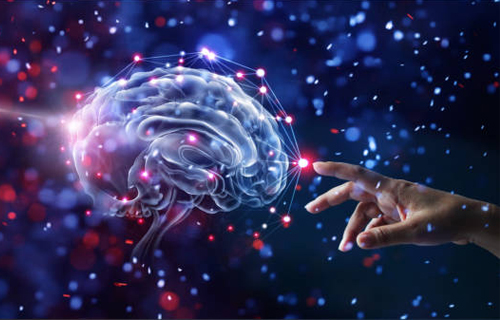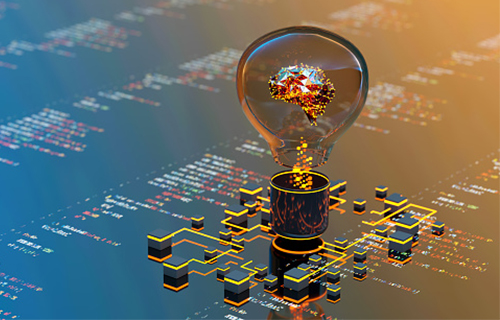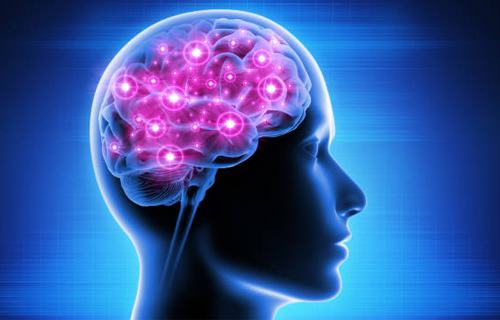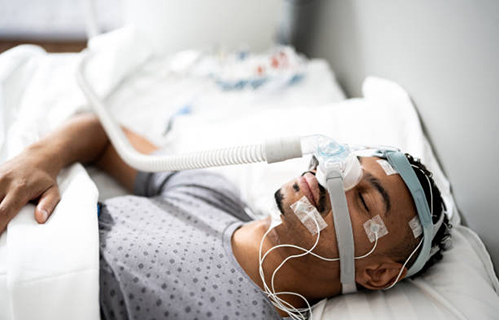
The concept of consciousness has been one of the fascinating topics in neuroscience. It has intrigued scientists and philosophers alike for centuries. With advances in neuroimaging techniques and the study of brain activity, scientists have begun to identify neural correlates of consciousness that underlie our ability to perceive the world around us. In this article on neuroscience network, we will explore the neural correlates of consciousness and self-awareness.
What are Neural Correlates of Consciousness?
Neural correlates of consciousness (NCCreferser to the neural activity that underlies conscious experiences. In other words, the specific patterns of brain activity give rise to our conscious perceptions, thoughts, and emotions. Scientists have identified several brain regions generating these conscious experiences. These regions include the prefrontal cortex, parietal cortex, and thalamus.
The prefrontal cortex is involved in decision-making, attention, and working memory. It is also responsible for self-awareness, our ability to introspect and reflect on our mental states. The parietal cortex is involved in processing sensory information and spatial awareness. The thalamus acts as a relay station between different brain regions filtering out irrelevant sensory information.

Self-Awareness and the Default Mode Network
Self-awareness is a crucial aspect of consciousness, a unique ability that sets humans apart from other animals. Understanding the neural basis of self-awareness can help us better understand how the brain generates consciousness. Studies have shown that self-awareness is associated with the brain’s e default mode network (DMin.
The DMN is a network of active brain regions when we are not focused on any particular task. Iinvolvesin self-referential processing, which is the ability to think about oneself and one’s experiences. The DMcomprisesof several brain regions, including the medial prefrontal cortex, posterior cingulate cortex, and inferior parietal lobule.

Research has shown that the DMN plays a crucial role in generating self-awareness. For example, studies have shown that the activation of the DMN is associated with introspection and the ability to reflect on one’s mental state. Moreover, research has also shown that damage to the DMN can result in a loss of self-awareness. For example, patients with damage to the medial prefrontal cortex have difficulty recognizing their thoughts and emotions. Similarly, patients with damage to the posterior cingulate cortex have difficulty remembering their experiences.
Interestingly, the DMN is also involved in social cognition, which is the ability to understand and interact with other people. Social cognition is another unique aspect of human consciousness, and it is closely related to self-awarenessUnderstandingnd the mental states of others requires understanding and one’s mental states. The DMN plays a crucial role in both.
In conclusion, the DMN is crucial in generating self-awareness, social cognition, and a sense of self. Understanding the neural basis of self-awareness can help us better understand how the brain creates consciousness. Furthermore, the study of DMN has assentient implications for fields such as psychiatry and neurology, where self-awareness disruptions can lead to various disorders. By understanding the neural basis of self-awareness, we can develop better treatments for these disorders and improve the quality of life for those who suffer from them.

Consciousness and Anesthesia
One of the most exciting applications of studying neural correlates of consciousness is in the field of anesthesia. Anesthesia is a state of temporary unconsciousness that is induced by drugs. Scientists have been studying the effects of anesthesia on the brain to understand the neural basis of consciousness.
Studies have shown that anesthesia disrupts the thalamus’s activity, the relay station between different brain regions. By disrupting thalamic activity, anesthesia blocks the flow of information between other brain regions, leading to a loss of consciousness.

However, research has also shown that some brain regions remain active under anesthesia. For example, the DMN remains active during anesthesia, which suggests that self-awareness may still be present even when the patient is unconscious.
Understanding the neural correlates of consciousness and self-awareness is crucial in understanding how the brain generates conscious experiences. It has important implications for fields such as anesthesia, where a better understanding of the neural basis of consciousness can lead to safer and more effective anesthesia protocols. As research in this field continues, we can expect to gain even more insight into the fascinating nature of consciousness and the brain.

